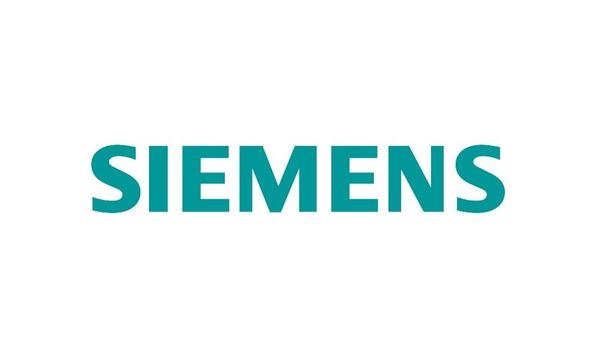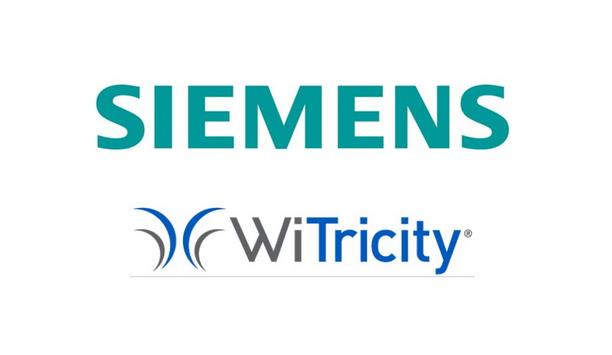It is almost one month since the Electric Miles journey began as Head of Commercial and Energy Flexibility; what an exciting ride I’ve jumped on! There is so much opportunity in the EV market and Electric Miles is posed to make a significant impact. Why do they think so?
Well, climate change creates global imperatives on decarbonisation and net zero living and transport is currently the largest emitting sector of greenhouse gas emissions.
Adopt the EV for transport
New decarbonized ways of working that emerge from industry verticals
If they compound this reality with the rising costs of fossil fuels, they see a growing business imperative to adopt the Electric Vehicle (EV) for transport. At Electric Miles, they believe EV charging and decarbonized ways of working must be aligned with the distributed and intermittent generation that renewables offer.
Therefore, the Electric Miles Energy Management platform discovers, profiles and labels, new decarbonized ways of working that emerge by industry verticals. They will then count and aggregate user profiles to align them with the Distributed Energy Resources that dominate renewables.
Energy transformation towards Digital Energy
The Electric Miles platform will also use ‘time’ and ‘location’ to shift consumption based on the profiles they define for energy flexibility. They're so excited, because with that Electric Miles is pioneering the energy transformation towards “Digital Energy”.
These are big, big drivers! They believe the future energy system will require collaboration and cooperation on many fronts from many actors with different system responsibilities, to deliver a stable and secure system.
Basic narratives of energy flexibility
The EV driver smart charging app provides the fundamental basis for this coordination
The EV driver smart charging app provides the fundamental basis for this coordination; for example, it provided a quantifiable measure of accessible demand that allowed Electric Miles to secure a significant 23 MWs of Demand Side Response contracts, under three separate Distribution System Operator agreements to deliver energy flexibility, against defined grid constraint across the UK.
This also provided a validation of the system's readiness towards mass EV adoption. In that light, they decided to write this simple blog to delve into the basic narratives of energy flexibility, to inform those without an “energy” background, and specifically to help those who want to leverage the “EV” ecosystem, to work out how renewable energy can work for them.
Take on energy flexibility
- What is energy flexibility? At its most basic, energy flexibility is a contractual obligation of an energy user to advance or suspend their energy usage by time and/or location to lower or heighten their expected load on the grid.
- Why is energy flexibility needed? As the generation capacity, or maximum output of the grid, is not defined by the peak energy requirement, it means that, by design, there are peak energy events that must be managed.
- When is energy flexibility needed? Historically, the grid targeted large industrial assets for EF, and for a long time, these large assets provided the means to keep supply and demand balanced. As decarbonization and net zero imperatives drive more intermittent renewable generation into the grid, there are increasing fluctuations in energy supply and a greater need for energy flexibility to balance supply and demand.
- How will energy flexibility evolve? Now that large industrial assets are no longer enough to provide the flexibility needed to balance supply and demand, there is now the need to aggregate small to medium size assets so they too can participate in energy flexibility. Critically, new government legislation sets 2030 as the end of new ICE vehicle sales, EVs are expected to replace them, potentially adding 30% to the peak energy requirements and creating a crisis for generation capacity without fossil fuels. Energy strategists now believe that energy flexibility not only provides the impetus to mitigate the advance in peak energy but also provides the energy management and cultural evolution they need for net zero living.
Creating agile demand bundles
Platform algorithms find and set the best charging schedule to deliver the lowest charging cost and carbon intensity
At Electric Miles, they see electrification as an opportunity for businesses to not only decarbonize but also to mitigate costs by generating revenue through energy flexibility. The flexibility API enables full-scale EV aggregation from fleets and private EVs to profile and create agile demand bundles that can participate in the energy flexibility market without restricting business operation and/or lifestyle choices. To bring this to life, consider the basic example, it begins with drivers setting their charging preference using the Electric Miles app or as an API connected 3rd party app.
Platform algorithms find and set the best charging schedule to deliver the lowest charging cost and carbon intensity. Moreover, they are also integrating EV driver information systems, from which the driver will also be able to not only set preferences but also use the EV dashboards to visualize real-time views of charging parameters. The platform capabilities will expand to deliver full V2G (Vehicle-to-Grid) functionality to enable drivers to use their EVs to not just power the home but to also sell excess solar/wind power generated by the home system back to the grid.
Electric vehicles are central to energy flexibility
The EV market collectively has the potential to become the most important hub of energy flexibility but cannot be best achieved by an individual business or EV. It requires new aggregation strategies that preserve and expands energy flexibility choices, both in the business and the home to unlock lower energy bills. At Electric Miles, they see the EV playing a very central role in the future of energy management, because it is both a load and a store.
To exploit the EVs unique capabilities for energy flexibility, the Electric Miles platform will use Machine Learning, Data Mining and AI to profile EV consumption in vertical and horizontal markets for business EVs and demographic and other contextual data for private EVs. By understanding and profiling consumption, the aggregation bundles will create highly synergistic opportunities for energy flexibility. They are keen to work with players in key verticals to understand their scope for operational flexibility, noting that gaining energy flexibility momentum in a vertical presents a source a strong differential advantage.






